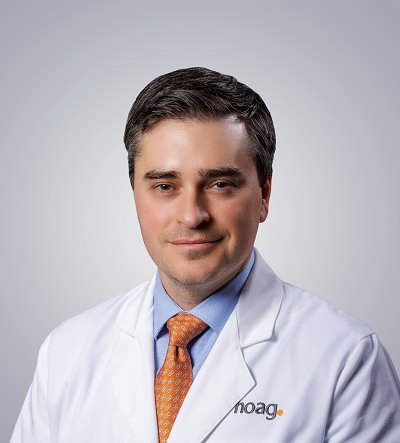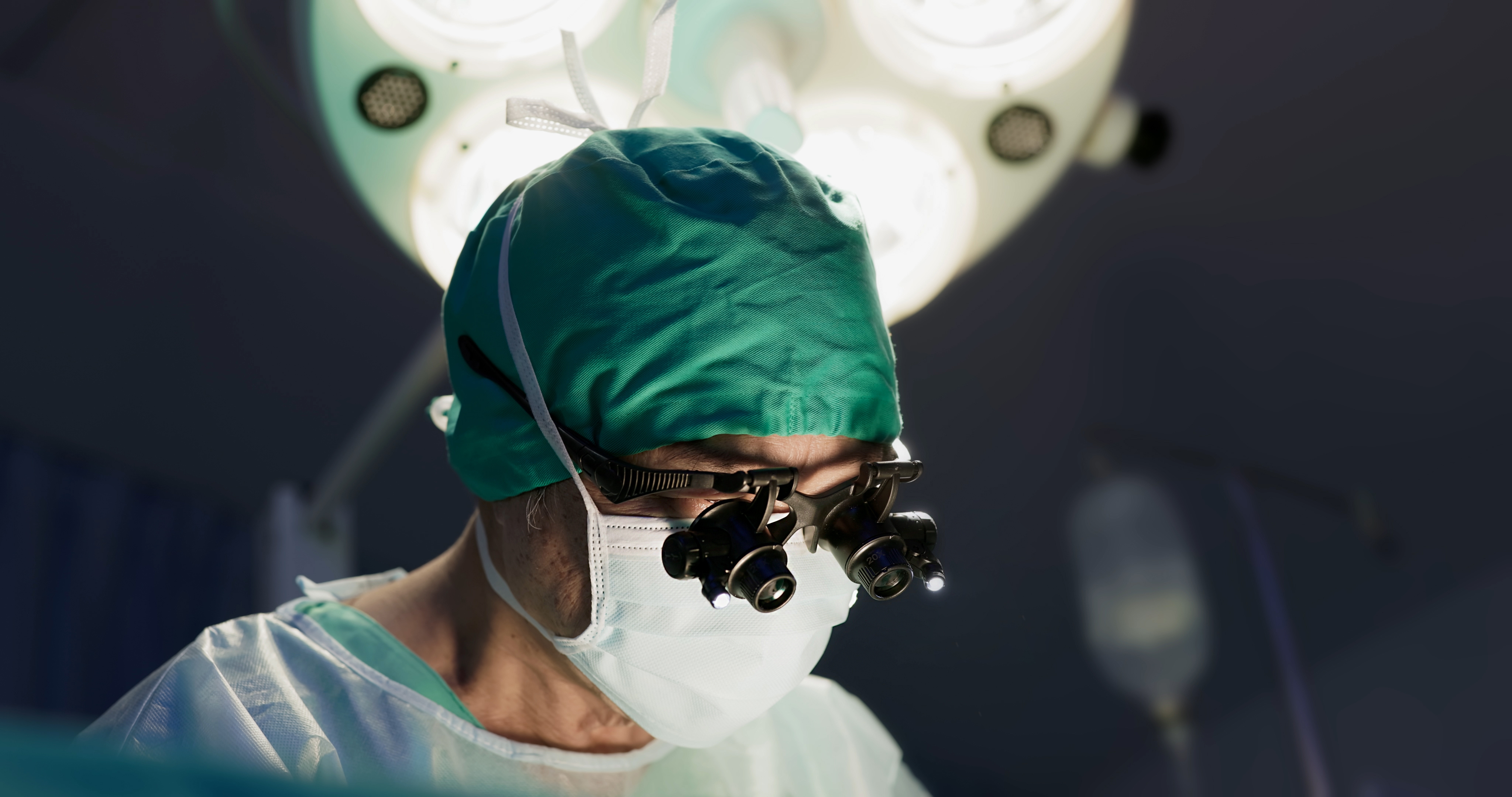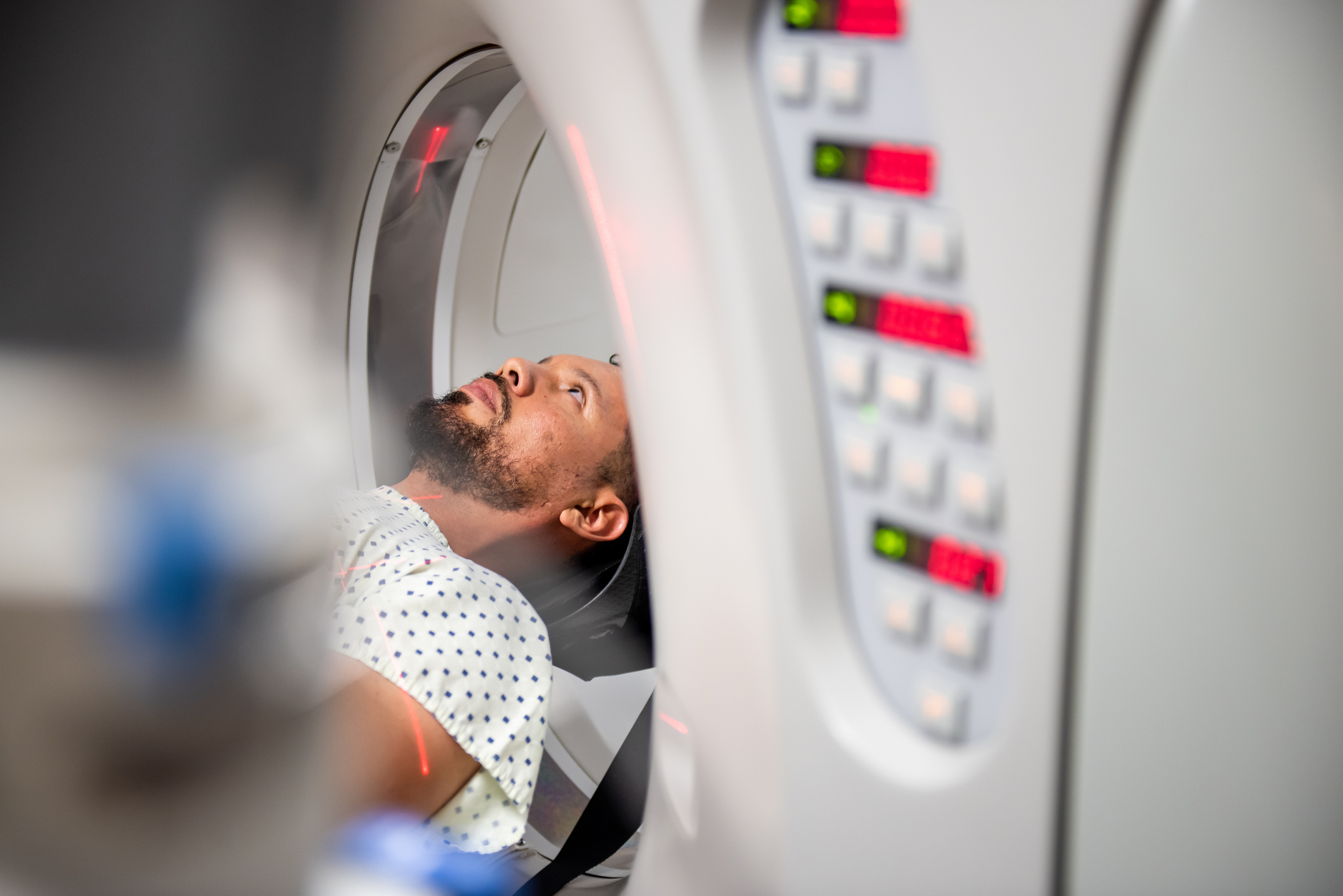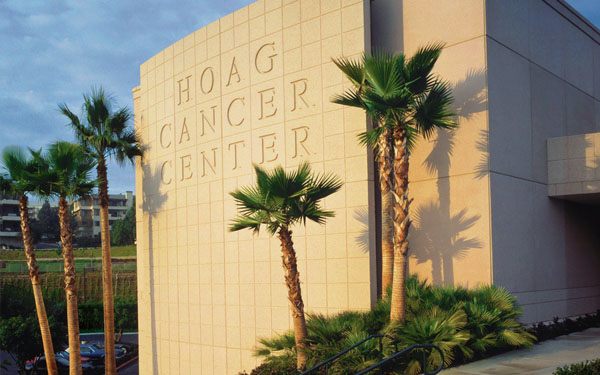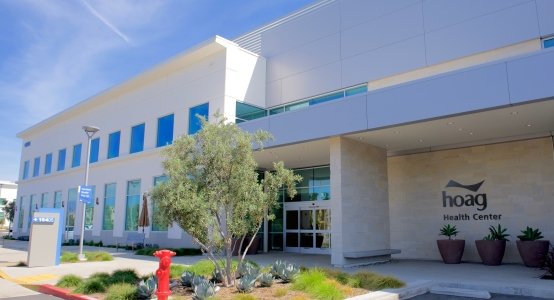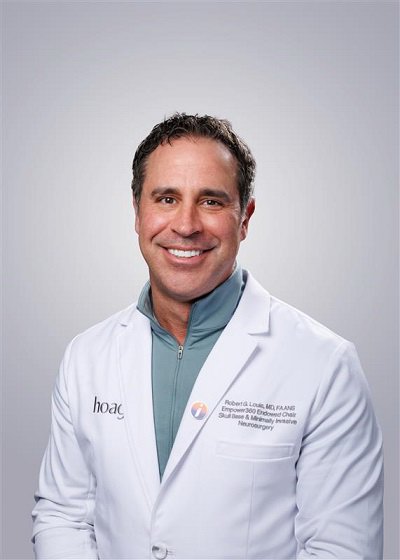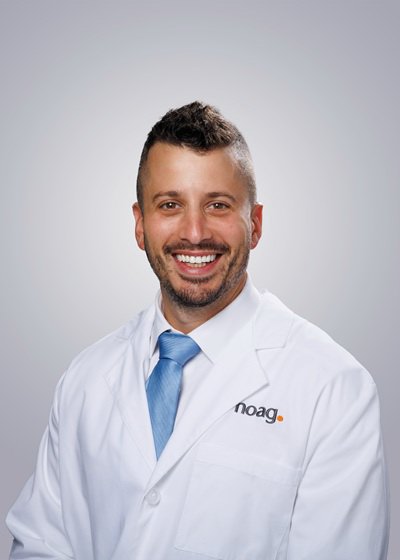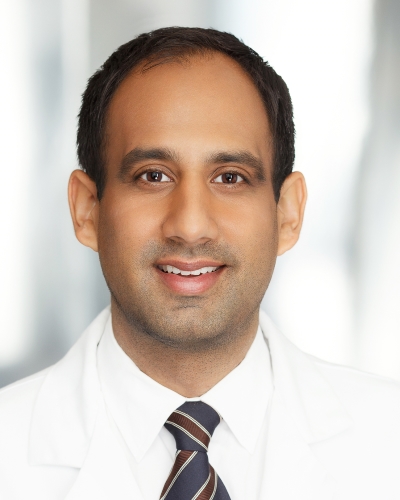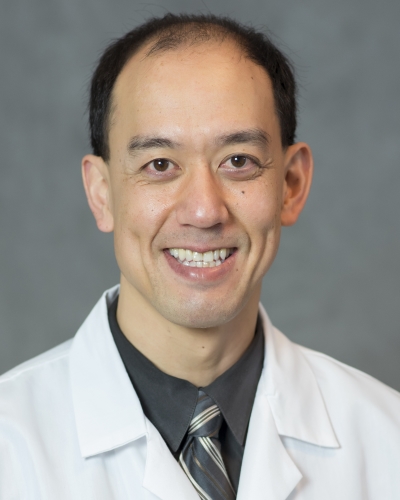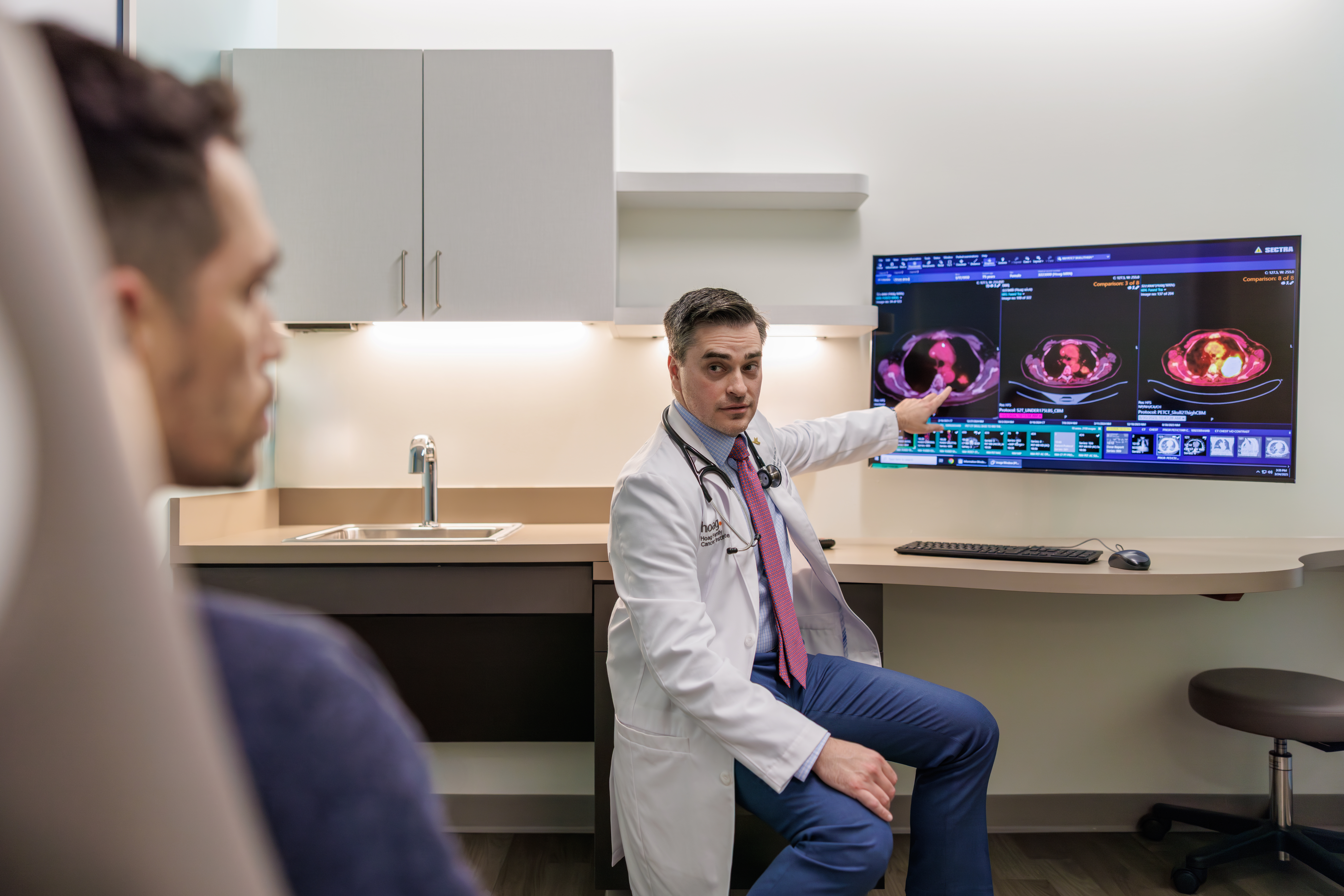Your physician will likely start by discussing your symptoms and your personal and family health history, followed by a thorough physical exam. If your doctor finds cause for concern, you will be referred to a specialist in conditions of the nervous system and brain. Depending on the outcome of that visit, you may be asked to complete certain tests or procedures. At Hoag, these may include:
Computed tomography (CT) scans
Magnetic resonance imaging (MRI) scans
Positron emission tomography (PET) scans
If these imaging tests find evidence of a brain tumor, your doctor may recommend a biopsy to determine the type of tumor and other factors. A stereotactic biopsy is performed by inserting a hollow needle through the skull and into the tumor to extract a small tissue sample, which is then tested in a lab.
Precision Medicine
Hoag’s Precision Medicine program combines genomics and genetics to develop targeted therapies, creating the highest degree of accuracy in the diagnosis, treatment and prevention of diseases. Using the latest advances in research, genomic technologies and targeted therapies, the program provides patients with the latest innovations in medicine. Learn more about Precision Medicine at Hoag.
Treatment Options for Brain Tumors
Treatment options for brain tumors depend on many different factors, including your age, overall health, how much the tumor has spread, where it is located in your brain and other considerations.
At Hoag, treatment options for brain tumors may include:
Surgery, which is usually performed through an opening made in the skull called a craniotomy. Often, the surgeon will rely on detailed medical imaging scans to plan the surgery to minimize damage to healthy brain tissue, or advanced techniques like cortical mapping to help preserve more normal brain function. At Hoag, we utilize the only PET/MRI instrument in Orange County to precisely guide surgical intervention in the brain.
Radiation therapy, which involves beaming radiation into the tumor to kill cancerous cells.
Drug therapy, including to help regulate the amount of hormones in the blood caused by tumors near the pituitary gland.
Chemotherapy, in which drugs that disrupt the growth of tumors are introduced into the blood, usually over a period of weeks or months.
Advanced immunotherapy and biologics, use a patient’s own cells and immune system to find and destroy tumor cells. Learn more about immunotherapy and cell therapy at Hoag.
Adoptive cell therapy (i.e. CAR-T cells) is a form of immunotherapy where immune cells are removed from a patient’s bloodstream, reprogrammed to attack a protein found in brain tumors and reintroduced to destroy cancer. CAR-T is showing huge potential for brain tumor treatment.
Genomically-guided therapy uses a patient’s DNA to determine which mutations affect responses to a particular drug and are most likely to be effective.
Oncolytic virotherapy is an emerging treatment that uses anticancer viruses to destroy cancerous tissues without causing harm to normal tissues.
Alternating tumor treating fields are mild, electrical fields that pulse through a patient to disrupt a tumor’s ability to grow and spread. The fields are delivered through a device worn on a patient’s scalp. Studies have shown promise in survival rates without many of the side effects of traditional treatment.


